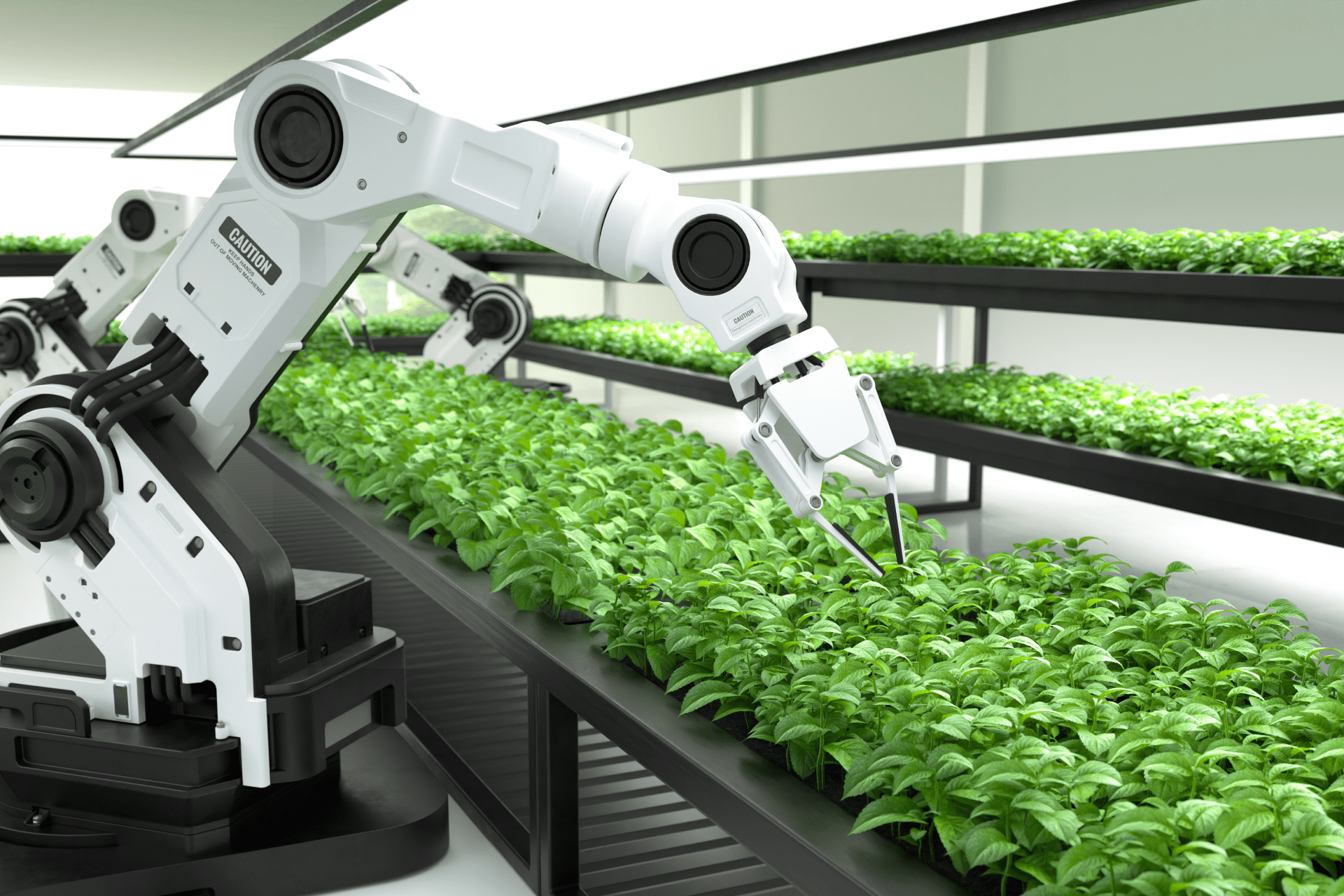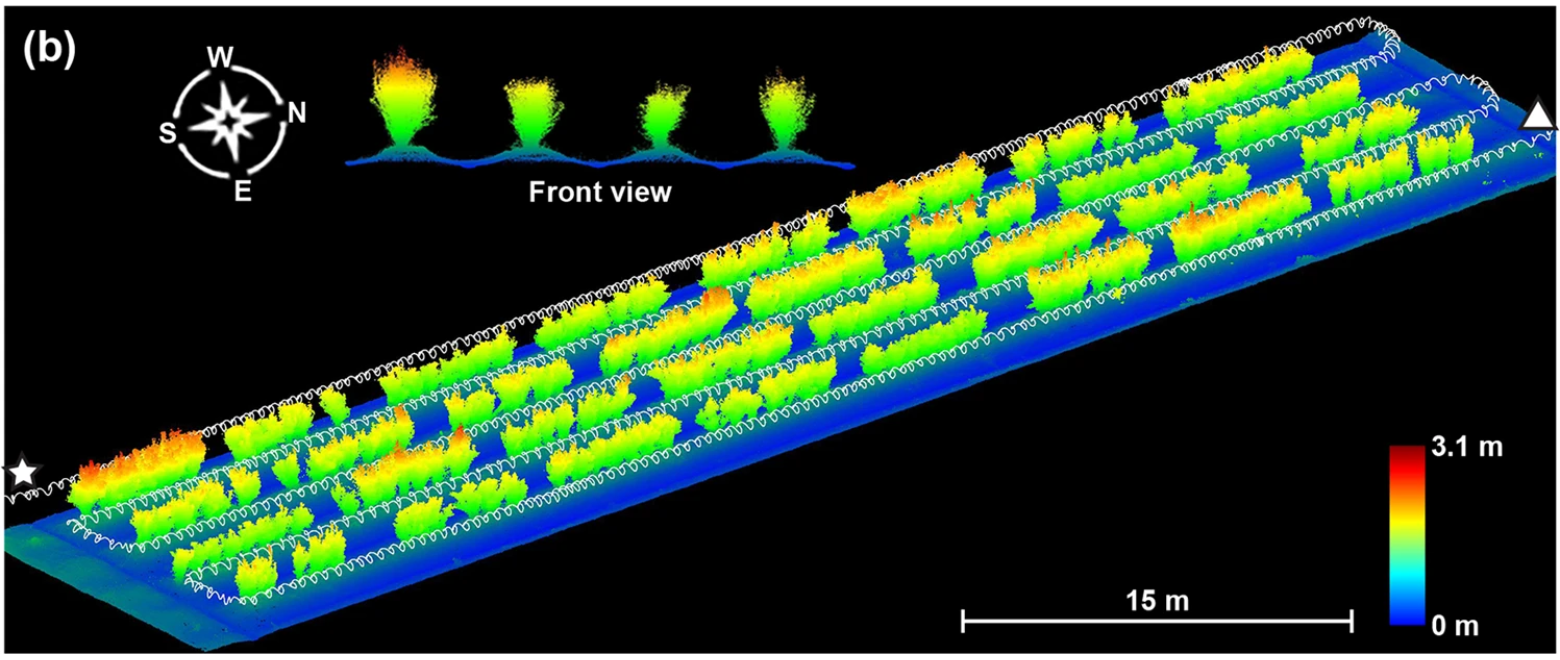How AI is Transforming the Agriculture Industry
The agriculture industry is valued at $5 trillion by the World Bank. By 2050, the world population will increase to 9 billion and we will need to develop new technology to feed so many people. The organic trend is forcing farmers to look for alternatives to using chemicals in weed control. In many countries, there is a shortage of labor resources. Moreover, human labor makes production too expensive. In such conditions, agriculture is looking for ways to optimize the use of the land, what is grown on it, and those who graze on it.
The recent developments made in AI agriculture have the potential to solve these problems and many more. Today we will take a closer look at the role AI is already playing in the agriculture industry and what development we can see in the near future.

How is AI Being Used in the Agriculture Industry Today?
The main applications of AI in agriculture are in plant disease detection, weed classification and identification, crop detection, counting and harvesting, water and soil management, weather forecasting, and animal behavior detection. For this, the entire arsenal of AI technologies is used: computer vision, machine learning, sound recognition. Agricultural applications allow farmers to monitor crop conditions and the data from these devices is processed on-site or sent to the cloud for analysis.
The idea for autonomous tractors appeared as far back as 2012, but today we see the advanced features many researchers were hoping for such as radio navigation, a laser gyroscope, and the ability to follow a route laid out by a machine learning model. Drones are also equipped with computer vision systems: cameras, satellite navigators, and connectors for transferring data to the cloud or a server.
Another useful application of AI is intelligent watering. Modern machine learning irrigation technologies distinguish weeds from crops and only spray them with herbicides. As a result: the cost of growing crops is reduced and food safety is increased.
How are Such Advanced AI Technologies Trained to Perform Specific Tasks?
AI technologies rely on machine learning algorithms to understand and function in the world around them. For example, let’s take an autonomous tractor that needs to follow an assigned route. The machine learning algorithms in this tractor rely on LiDAR technology which produces a 3D point cloud, which is a digital representation of how the AI system sees the physical world. As an example, let’s take a look at the image below:

This image has been color-coded to represent the distance from an object to the LiDAR system. For example, the ground will usually be blue because it has a short wavelength (only violet is shorter) because it takes the light transmitted by LiDAR a short amount of time to bounce off the ground and return back to the LiDAR. Conversely, we can see that some objects are green and orange which means they are farther away from the LIDAR.
Human data annotators would then annotate such images with techniques ranging from simple tagging to more advanced annotation types such as 2D/3D bounding boxes and semantic segmentation.
What Can We Expect In The Near Future From AI Agriculture?
Thanks to advancements in AI, we can expect technology to work side-by-side with farmers to address and even replace human labor in doing some repetitive and mundane tasks. We are already seeing this process taking place in terms of things like autonomous weed pulling or fruits and vegetable harvesting. One of the biggest things you can expect to grow in the future is AI-enabled decision-making in agriculture. In farming, data analytics can result in massive productivity increases and significant cost savings. By combining AI with big data, farmers can get valid recommendations based on well-sorted real-time information on crop needs. This, in turn, will take away the guesswork and enable more precise farming practices such as irrigation, fertilizing, crop protection, and harvesting.
Mindy Support Can Provide You With Comprehensive Data Annotation Services
Regardless of whether you need any type of image or video data annotation for your AI agriculture product, we can provide you with all of the data annotation services you need. We are the largest data annotation company in Eastern Europe with more than 2,000 employees in eight locations all over Ukraine and in other geographies globally. Contact us today to learn more about how we can help you.





